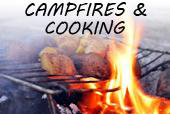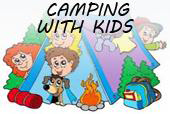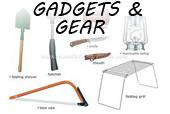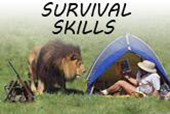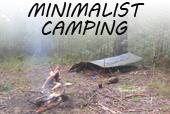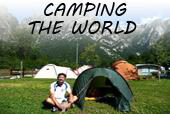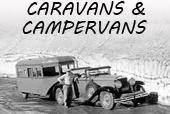Just because you are out in the wilderness doesn’t mean you can’t prepare delicious meals. A camping stove is a very important tool in creating a great camp meal, but it doesn’t necessarily have to weigh down your back. There are several different factors to keep in mind when purchasing a camping stove. Here is a guide to help you through some of the major decisions you’ll need to make when picking out a camping stove:
What type of fuel?: Most camping stoves use either compressed gas cartridges or liquid gas. When deciding between the two, remember that cartridge stoves are lighter and simpler to use than liquid gas stoves however they tend to cost more. They also require replacements of the cartridges after they are used, which take up space even when empty. Liquid gas stoves burn at hotter temperatures and are more environmentally-friendly, but are heavier to carry.
Cartridge stoves: If you decide to go with a cartridge stove, the next question is what type of fuel you should choose to use. Fuel that is a blend of butane and propane is a good choice for camp cooking, while pure butane or isobutane fuel works well in mild weather conditions only. Blended fuel tends to be pricier than non-blended fuels.
Liquid gas stoves: If you choose a liquid gas stove you also need to choose what fuel to use. There are several options including denatured alcohol, white gas, automobile gas or kerosene. Denatured alcohol is very clean and easy to use, but doesn’t burn very hot and isn’t readily available outside of the United States. White gas burns clean and hot, is inexpensive and easy to find. Finally, automobile gas or kerosene can be used, but keep in mind that these gases are less clean, producing smoke and fumes.
The little details: Once you have picked a type of stove, think about the smaller details that will suit you well. Think about the ease of setup and use, the sturdiness. Look at the average boiling time of the stove (measuring hot it can get), how much water can be boiled per unit of fuel (measuring the stoves efficiency). Also think about the weight of the stove, trying to choose the lightest option for the size that you desire.
Things to also bring: In case your ignition system fails be sure to bring a lighter along. You should also bring a wind screen to keep the heat in and the flame lit. Finally, a padded case can be useful to protect the stove from damage and a repair and cleaning kit.

